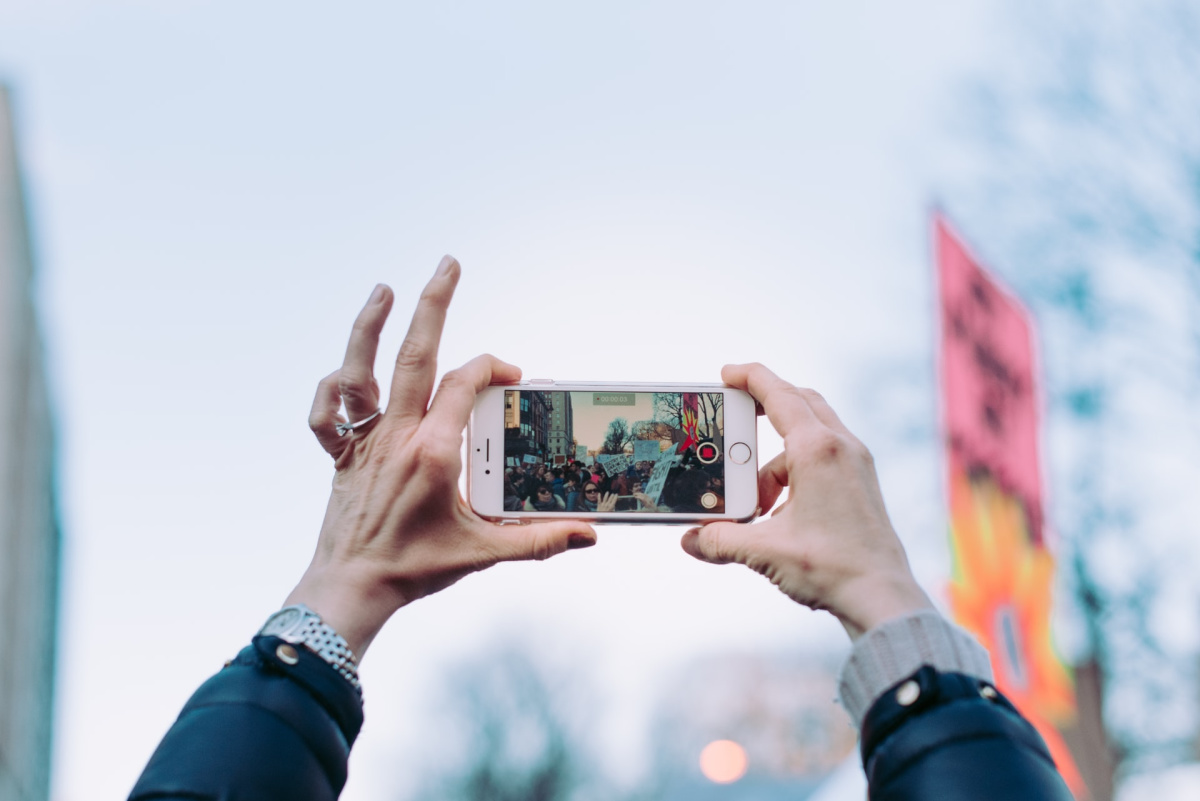Influencer marketing’s popularity has been on a seemingly never-ending rise, with marketers valuing influencers’ reach like never before. With the Covid-19 pandemic continuing to impact industries and wreaking havoc on everyone’s plans, digital creators have stepped in as a powerfully effective alternative to traditional advertising.
Influencers have become an integral part of brand marketing strategies, reaching targeted audiences in ways that feel more organic, authentic and trustworthy to consumers. In recent months, we’ve seen a real rise of interest in nano and micro influencers, social media creators who are primarily defined by their smaller (and potentially more intimate) audience sizes.
However, there are times when bigger really is better. For brands that are looking to make the biggest splash with the most sought-after creators, here’s what to know about working with macro influencers.

They’re called macro influencers (or megas, or elites)
High-profile influencers are often referred to as “macro influencers,” although the terminology varies: sometimes they are referred to as “mega influencers” or “elite influencers.”
At Sway Group, we define macro influencers as those with followings between 100K-400K, while “elite macro influencers” have audience sizes larger than 400K.
- Nano influencers: fewer than 10K followers
- Micro influencers: 10K to 99K followers
- Macro influencers: 100K to 400K followers
- Elite macro influencers: 400K-plus
It’s important to note that social media influencers are different than traditional celebrities: They are typically “famous” for their social media presence, rather than their status as an actor/musician/entertainer/etc.
Every influencer type — from the smallest nano to the most popular macro — can meet specific objectives within each stage of the buyer’s journey. Where smaller creators have the ability to drive more intimate engagement, macro influencers can put a brand’s message on blast to a very large audience.
Macros are perfect for a big splash
Why do brands want to partner with today’s hottest creators? It’s because of their reach: with one post, macro influencers have the potential to reach hundreds of thousands — or even millions — of people.
Whatever a macro influencer shares to their social channels is going to be seen by a large audience, which makes them a valuable partner for big brand awareness pushes. I recommend macro influencers for brands when the following conditions are in place:
- The main brand KPI is awareness.
- There’s plenty of budget for higher-tier influencers.
- Visibility is more important than engagement (macro influencers really can’t personally engage with their followers the way smaller influencers can).
- There’s a brand/creator alignment that makes sense (don’t be the mail-order steak brand trying to hire the popular vegan beauty TikTok star!).
Bigger audience sizes = bigger budgets and lead times
There’s no doubt about it: high-profile influencers are more expensive than smaller creators. While influencer marketing campaign costs depend on a great variety of factors that affect expenses, audience size is usually the most critical variable.
Macro influencers are in high demand, which naturally means they cost more, but they’re also more challenging to work with because of how busy they are. Between their non-sponsored content and their brand collaborations, macro influencers are often planning their content months in advance — and are likely to have an agent who’s managing their sponsorships.
For brands that are doing their own influencer marketing, it’s important to be prepared for the potentially lengthy process of setting up a partnership with a macro influencer. Some key tips for success:
- Start as early as possible. Looking for that red-hot holiday collab? Reach out to that ideal macro creator at least 3-6 months in advance.
- Get ready to deal with talent agents, who are extremely motivated to find the best deal possible for their clients.
- Be flexible with requirements. Not only will the branded content be more authentic if the creator has input, but macro influencers will also likely have many requirements of their own.
High-profile influencers come with risk
With macros, the good news is that no matter what gets posted in a brand collaboration, there’s a guaranteed large-sized audience! Of course, if anything goes awry with the campaign, that’s also the bad news.
Partnering with a high-profile influencer can result in unwanted brand exposure and attention if the influencer is caught up in a controversy or scandal. The same social media mechanisms that can boost brand awareness in a positive way can turn into a brand’s worst nightmare if their partnered creator is under negative public scrutiny.
Risk can never be completely eliminated, but brands can perform due diligence by researching their target creator. Today more than ever, it’s critical to review an influencer’s past content (and endorsements), not only for organic brand alignments but to check for any red flags.
High-profile influencers might be picky
Big-name creators are typically very used to working with brands, and they have their collaboration process fine-tuned for their audiences. They’ve built their audience over time, they understand what their audience cares about, and they understand how to deliver content that resonates.
For many macro influencers, their social media presence is their full-time job. Brands should expect a level of professionalism when partnering with these experts, practiced content creators, from the contract-signing process to the final campaign deliverables.
Brands should be ready to be turned down, too. Macros are popular for a reason, and that popularity means they can be very selective with the brands they support. A few ways to stand out among all the other brand requests:
- Show how the collaboration can improve the influencer’s own brand, not just vice versa.
- Use an influencer agency for outreach; they often have relationships with high-demand creators.
- Demonstrate flexibility by inviting the creator to participate in the collaboration process.
As you can see, there are a few areas of consideration when working with high-profile macro influencers, but these challenges should be contrasted against a macro’s ability to reach large numbers of people with a single post.
For brands preparing for whatever the next normal looks like throughout 2022, the reach and impact provided by macro influencers may be well worth the investment.
This article was originally published on Forbes as a Forbes Agency Council post.
